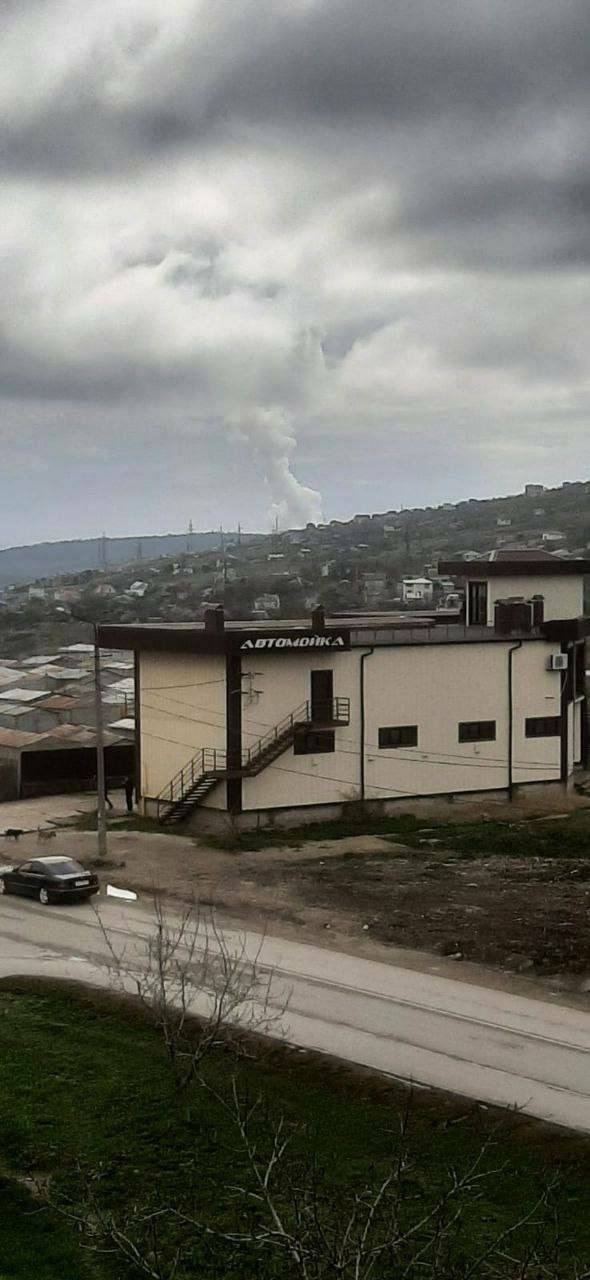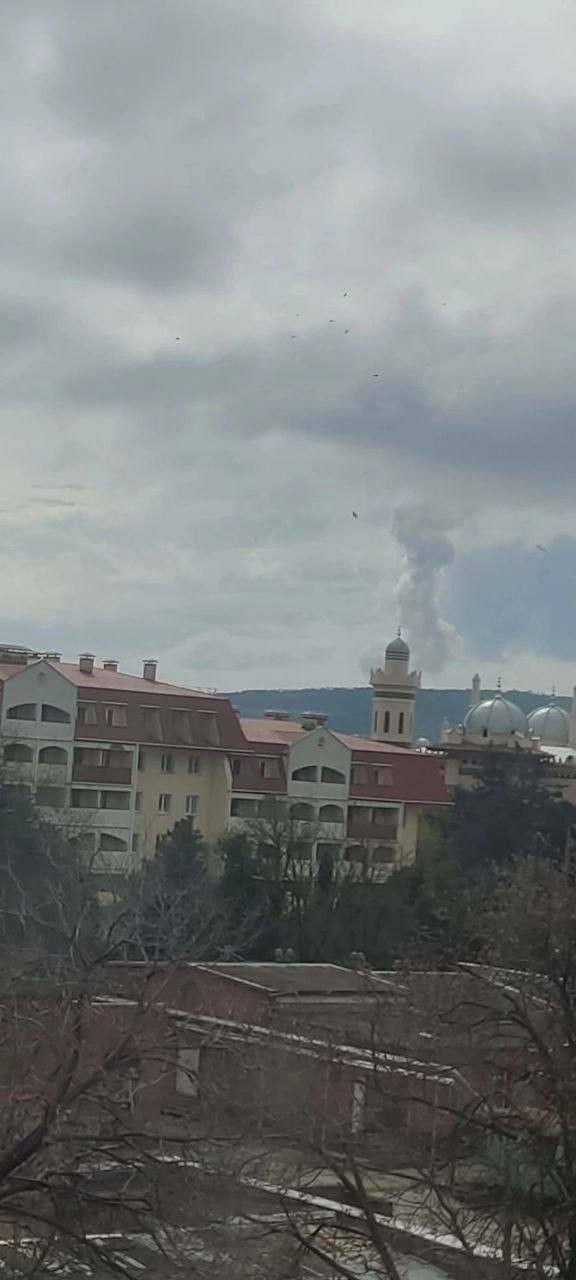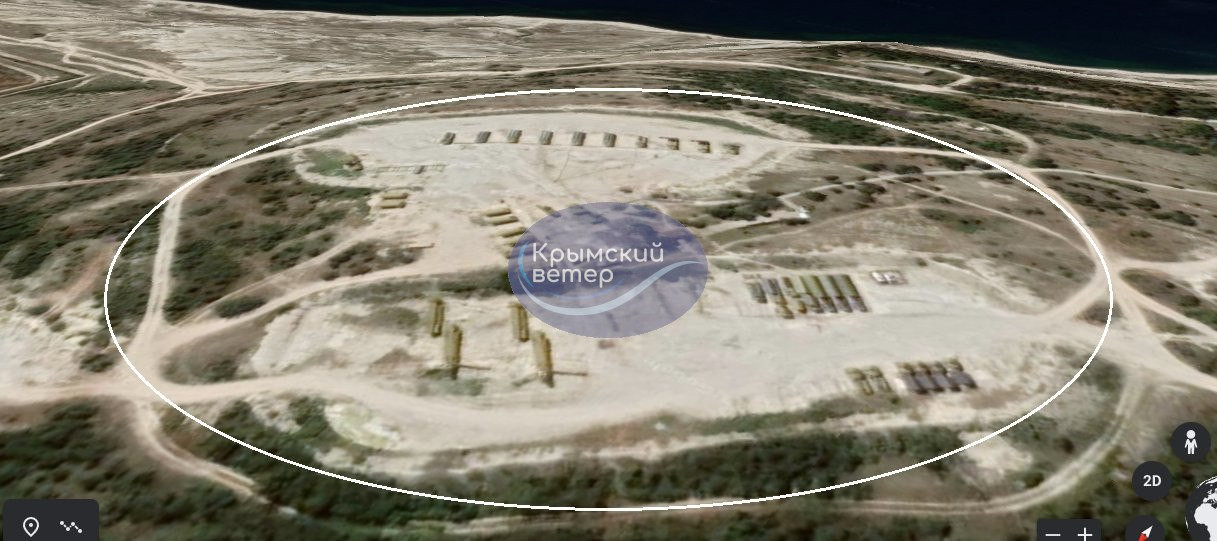
US seriously investigates largest intelligence leak during Russia's full-scale war against Ukraine. Serhiy Zgurets column
The United States is seriously investigating the leak of intelligence information, because it is the largest during a full-scale war and might cause significant damage
The leak of secret US data on the Russian-Ukrainian war
Let's begin with a significant incident that occurred on April 7th, where a number of classified documents were leaked online. These documents contained plans from the US and its allies to increase the capabilities of the Armed Forces in preparation for a counteroffensive. Supposedly, these plans were being prepared for a meeting where high-ranking American generals, including Mark Milley, and representatives of the US Armed Forces in Europe were hosting Ukrainian military personnel at the West Baden base in Germany. However, later on, over 5,000 pages of additional secret US documents related to the war in Ukraine were leaked online. The investigation of this story, which has resulted in numerous publications in leading American publications such as The New York Times, Washington Post, Politico, and The Hill, is currently ongoing. This incident is being taken seriously as it is the most significant intelligence leak since the beginning of the full-scale war, and officials in Washington and the Pentagon have acknowledged that its scope could result in significant damage.

Valery Kondratiuk, the former chief of Ukraine's Military and Foreign Intelligence, acknowledges The New York Times and Pentagon spokespersons for confirming the authenticity of leaked documents with some redactions regarding losses. He believes that the leak was accidental and may have been caused by hackers or someone who intended to inform others of Russian capabilities. As the Russian Federation does not have permanent access to individuals or electronic document retrieval, this data is used as an information operation to delay their defeat and counteroffensive by Ukraine. Most of the data reveals not only the level of NATO and US support but also the order of support and preparation for a counteroffensive. The leaked documents do not pose a threat to Ukraine since they do not reveal the time, place, or number of forces and resources that will be used in the direction of the primary strike.
From these documents, one can conclude the amount of help Ukraine receives and the number of trained teams, indicating that the Ukrainian army is now much stronger, better equipped, and more technologically advanced than a year ago. The technological superiority of Western weapons makes the Russian Federation's capabilities impossible to match. However, these documents prove that Ukraine has made great strides in preparing and equipping its armed forces.
Currently, an official search is underway as the Pentagon attempts to remove the documents from social media platforms. Nevertheless, the documents have been distributed on Twitter, where Elon Musk has returned the accounts of Russian officials, and on Telegram channels that are under the control of Russian intelligence services. This information poses a serious threat to US security, as it provides a daily analysis of events in Ukraine and other areas for Milley's report, including the Middle East and the US special services' field of view. This highlights the US's increased attention to search and the importance of non-distribution among the "group of five eyes," which includes the US, Great Britain, Australia, New Zealand, and Canada.
The Ministry of Justice is currently working to identify the individual who had physical access to the documents, photographed and shared them on social media. However, the leak will not affect the prepared counteroffensive of the Armed Forces. The Russian Federation is attempting to convince the world that it is aware of the preparations, and this may prompt Ukraine to make changes, allowing the Russian forces to regroup.
Valery Kondratyuk analyzed the leaked documents and discovered that the information was collected using radio-electronic intelligence technology from the "Five Eyes" countries. The documents revealed which plans were being monitored using both human and technical means, which provided valuable information to Ukraine's allies. This information enables Ukraine to use more advanced weaponry, including HIMARS and "smart" projectiles, which are more expensive. The Russian Federation lost its advantage by firing missiles at transformer booths and utilizing cloaking mechanisms or simulating HIMARS.
There is a risk that Russia may attempt to disable Western capabilities to gather such information, but mass media does not spy, rather it analyzes information based on both capability and morale assessments. France and Germany do not fully understand the consequences of Ukraine's defeat, but other countries are aware. Ukraine has sought various forms of assistance, and after extensive dialogue, its partners recommended more effective means to achieve its objectives. The West's military capabilities are much broader, and they are working to strengthen Ukraine's weak points. The allies' focus is to enhance Ukraine's capabilities, not to spy, as Ukraine has no secrets from its allies.
Missile strikes on occupied Feodosia
According to editor-in-chief of Defense Express Oleh Katkov, the distance from the impact location in Feodosia to the Armed Forces' positions is 300 km, similar to what has previously occurred in occupied Crimea, such as explosions on the Saky airfield and a recent incident in Gvardiysky.


Whenever such incidents occur, the Russians accuse Ukraine of using the Sapsan, a ballistic missile with a range of up to 500 km. However, it remains unclear if Ukraine possesses the Sapsan, as it is still in the development phase and has a readiness status of 90% according to reports from the Ministry of Defense for 2021. The completion of its development, including the engine, guidance system, and warhead, is still uncertain.
Interestingly, although the entire Crimea functions as the Russian Federation's military base, the location in Feodosia is particularly noteworthy as it is responsible for monitoring and almost serves as the core of the peninsula's air defense. The Sky radar, which corrects air defense, is stationed there, along with the Periscope complex for detecting low-altitude targets like cruise missiles.

Furthermore, nearby are the anti-aircraft regiment positions for the S-400 systems.


The exact location of the explosions is unknown, but the site is undoubtedly intriguing.
Additional armored personnel carriers purchase in Poland
We are talking about 650 Rosomak armored personnel carriers from the Polish defense industry. 350 of these vehicles will be equipped with a 30 mm gun and classified as a wheeled combat vehicle, while the remainder will have machine gun armaments. Poland also has the option to strengthen Ukraine’s armed forces by expediting the transfer of weapons and equipment. Recently, Poland announced its intention to purchase three company sets of self-propelled mortars "Rak" and an order of 100 Rosomak machines. However, this order has since been clarified to be for 150 vehicles, with a potential for more. The speed at which Poland can produce these Rosomaks is crucial, with a manufacturing cycle of six months for each vehicle. It is possible that pre-manufactured vehicles may be sold to meet demand. While some Polish sources estimate the production of 100 wheeled vehicles per year, this rate may be accelerated, given the capabilities of the Western military industry.
The struggle to maintain the AFU Air Defense Forces
It is evident that with each missile launch, our supplies deplete, particularly for systems like the S-300 or Buk, which rely on missile reserves from Finland and Cyprus. Ukraine's armament needs are not being met by military assistance and support from other countries, which limits our options. The production of these missiles is primarily located in the Russian Federation, and we are currently relying on outdated equipment from the Soviet era.
To address this issue, Ukraine has started receiving Western air defense systems more than six months ago, such as HAWK and Sea Sparrow, which may be integrated into the Buk to replace the Soviet versions. We are finding solutions to these problems and have already identified mechanisms to address them. For instance, we are integrating missiles such as NASAMS, Sea Sparrow, and obsolete Aspid or HAWK under Soviet vehicles.
In addition to missile reserves, the Ukrainian Air Force Command is concerned about the availability of spare parts and weapons for fighter jets such as the Soviet MiG-29 and Su-27. They have requested Western 4+ generation fighter jets as a replacement since missile and engine resources are not increasing. It is imperative that we obtain new equipment and technology to maintain our air defense forces.
- News














































